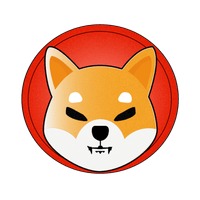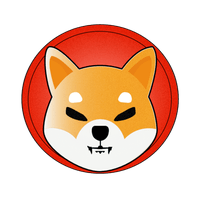Salimon delivered exactly what we requested and within a small space of time. The article was informative and well researched and I'm sure it will perform extremely well on the website.
Sam Salimon
Author | Top-rated Upwork Freelance Writer | SEO Content Writer | Brand Copywriter | Ghostwriter | Content Strategist | Academic Researcher | Edited 25M+ words | Skill Mentor | Web and Android App Developer























